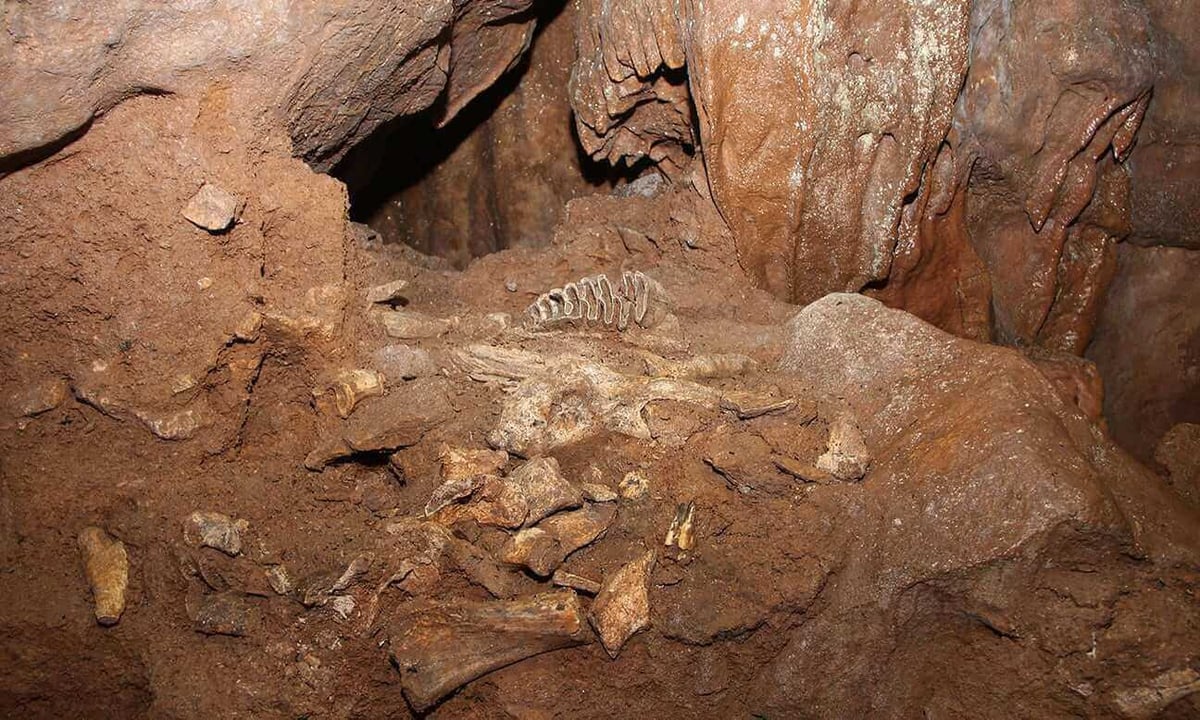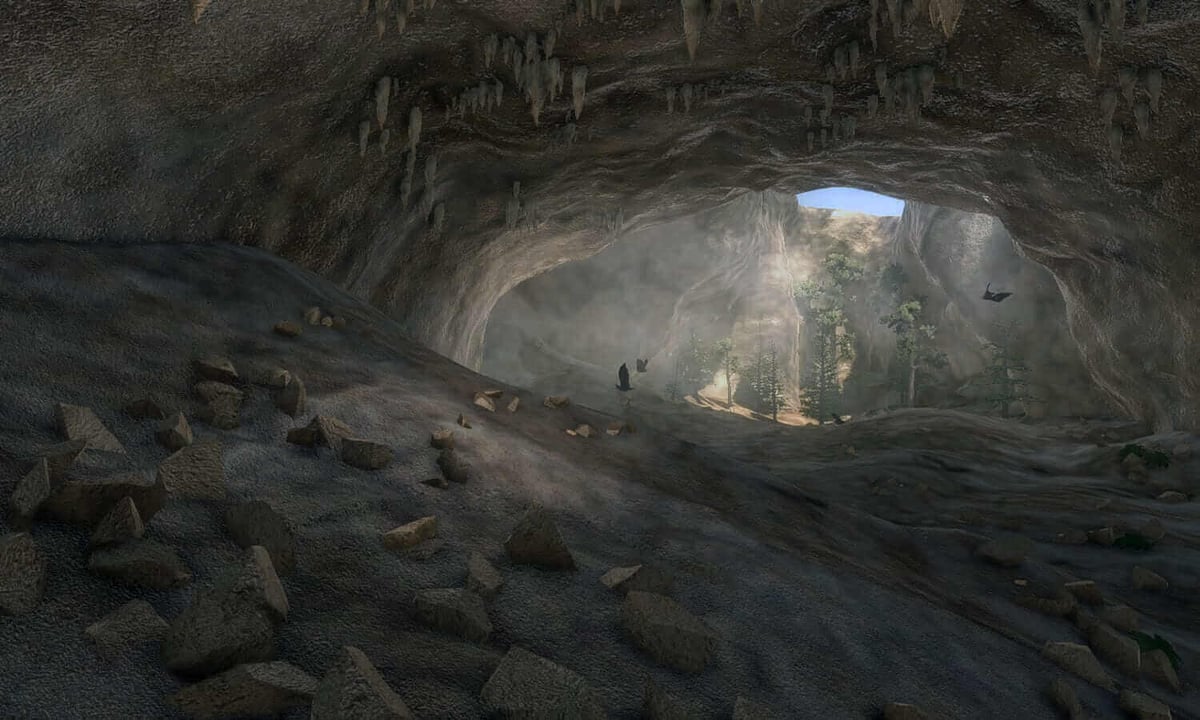Joint Mitnor Cave in the UK, ransacked by thieves two years ago, is reopening with the stolen fossils replaced by 3D printed duplicates.
Two years ago, thieves broke into Joint Mitnor Cave, located in a quarry in Devon, UK. They stole and damaged a series of 100,000-year-old fossils of ancient bones belonging to elephants and hyenas.
After this incident, the cave closed for two years. Alan Finch, secretary of the William Pengelly Cave Studies Trust, told BBC News in 2015:
“Its loss is a serious blow to those who have been custodians of the site for over 50 years and to the general scientific community.”
The story doesn’t end there, however. The cave in Buckfastleigh reopens to the public on 12 August this year, complete with fossil replicas. Experts have been attempting to restore the site using fossils made with 3D scanning and printing. Visitors will once again be able to enjoy the cave and its scientific wonders.
The Pengelly Trust, which manages the cave, worked in collaboration with the Natural History Museum and the University of Birmingham to make the reopening a possibility. Both the museum and university elected to work on the project for free.
Farah Ahmed, the head of imaging at the museum, said:
“When we heard about the Joint Mitnor cave project, we jumped at the chance to be involved… The museum boasts some of the most advanced scanning technology in the world and by using innovative CT scanning on the museum’s own Joint Mitnor collection, we were able to create high definition 3D scans of each object.”

Breaking the Mould (and the 3D Printer) for Joint Mitnor Cave
In order to create the replicas, the team scanned bones excavated from the same cave in the 1960s. These bones are kept in London and, after scanning, the data was sent to Birmingham for 3D printing.
The approach is to cast replicas in gypsum plaster using molds made from 3D printing. Plaster is more suitable than printed polymer plastic for this particular project; it’s less likely to upset the delicate environment of the cave. But due to the complexity of fabricating the molds, two 3D printers broke down in the process.
The Birmingham team was led by Robert Stone, professor of interactive multimedia systems. He explains:
“Our printers were set up for small industrial tasks, not for leaving them working away hour after hour on objects as complex as the elephant tooth. It broke two of them.”
In addition to the replicas, the Natural History Museum team has created a virtual reality interpretation of what the cave looked like between two ice ages. You can see a preview in the image below.
If you’re heading to Devon, make sure to visit the cave where you can go on a guided tour on a Wednesday or Thursday until the end of the month.
Source: The Guardian

License: The text of "Joint Mitnor Cave in Devon Reopens with 3D Printed Fossil Replicas" by All3DP is licensed under a Creative Commons Attribution 4.0 International License.